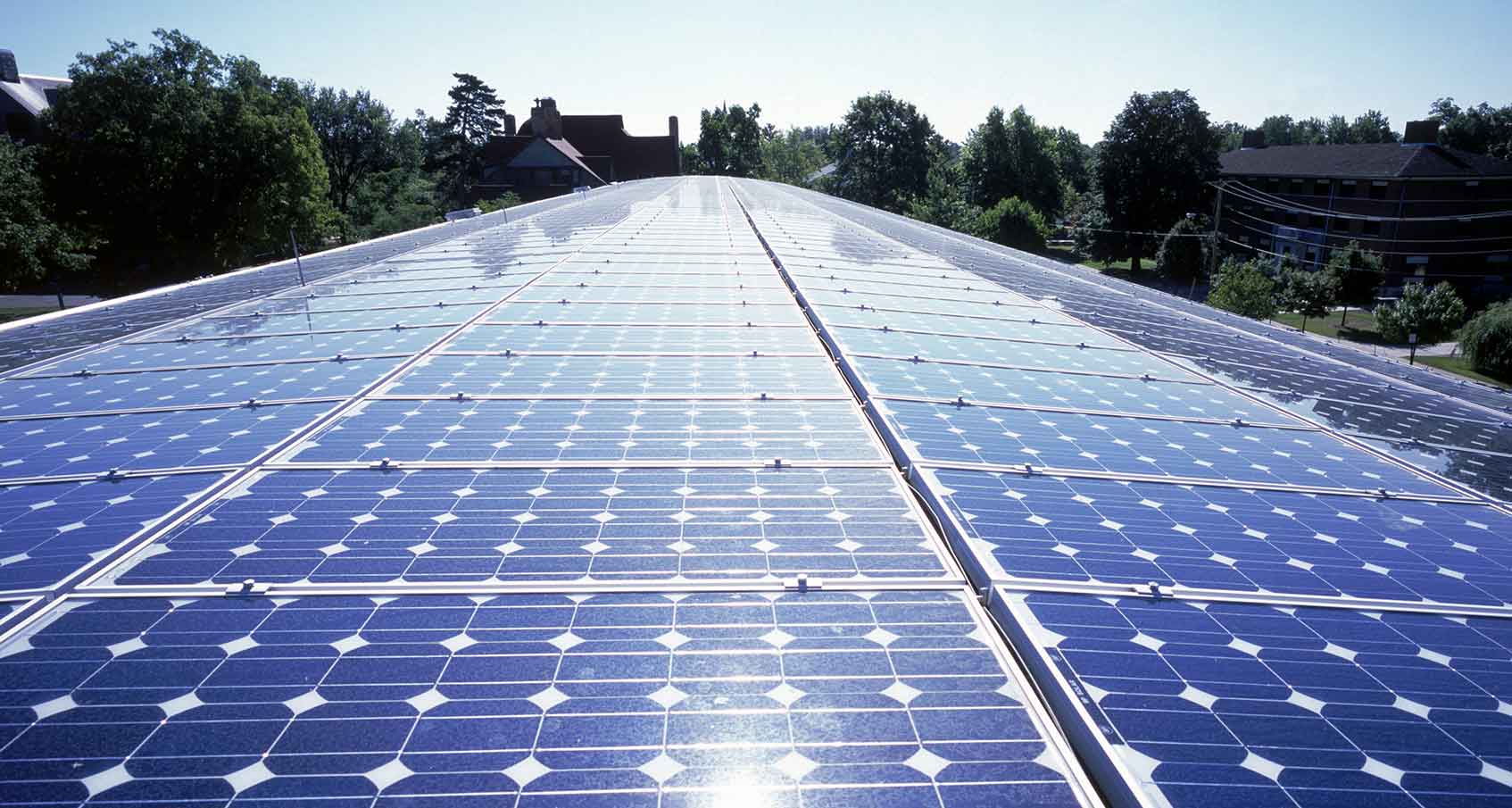Net Billing
NET-BILLING USING PHOTOVOLTAIC SYSTEMS
Net-billing is defined as the production of electricity from Photovoltaic (PV) Systems that are installed on the roof of a building, or on the same or adjacent plot where the Commercial or Industrial consumer’s building is located. With the application of net-billing, the electricity that will be produced by the businesses and will be a surplus, given that the immediate electrical needs of the business have been met, will be exported to the electrical network and will be compensated by the EAC at the level of the respective avoidance costs. The total economic value of the excess exported energy will be offset against the property’s electricity bill. In the event that the cost of exported electricity exceeds the cost of imported electricity (amount of money payable by the consumer to the supplier), the excess amount of money will be credited for the next billing period. In the last account, within a period of twelve months, the final liquidation of the cash surpluses will take place. The last bill of the twelve month period will be considered the November bill. Therefore, with this plan businesses will be able to reduce and/or eliminate operating costs from electricity consumption.
OPERATING COSTS OF NET-BILLING SYSTEMS
The interconnection of the Net-billing systems in the Network will bring increased operating costs to the Supplier (EAC), mainly due to reserves which the Producer will be required to pay through the imposition of an operating fee. The charge will be based on the kilowatt-hours (kWh) produced by the PV System that will be used on the premises and will not be channeled to the Grid. The fee will be proportional to the voltage of the Producer’s connection point to the Network, will be regulated by relevant decisions of CERA and is expected to be higher than the corresponding fee that the Self-Generator is required to pay in the corresponding Self-Generation plan. At this stage, CERA, by its decision, sets the above fees at the same level for Self-Generation and Net Billing systems, until the completion of the technical study that is being prepared.
Additionally, the Producer will be charged a Public Utility Service (UPS) charge and a Renewable Energy Sources (RES) fee charge. Please note that the above charges are determined by CERA and may be revised if market conditions dictate.
It follows that careful planning and correct calculation is required in terms of the installed capacity of the PV System and its production capacity. This production should be adapted to the consumer’s demand profile, in order to make the optimal choice between the two current Self-production and Net Billing plans respectively. In this way, the initial investment costs will be minimized and the exploitation factor of the produced energy will be maximized.
In addition to these, the Producer will pay a lump sum to the Distribution System Manager that will correspond to the administrative costs of managing the application, upgrading the equipment for recording produced and consumed energy and installing telemetry systems. This amount will be determined after studying the data at the point of connection to the Network of each property.
BENEFITS OF NET-BILLING
Net billing offers an additional incentive for large consumers to take advantage of PV systems, reducing or eliminating the cost of electricity for their units, achieving a faster payback of the initial investment and securing some income, which will be credited to their account.
WHO IS THE TARGET AUDIENCE?
It is aimed at medium and large electricity consumers, especially commercial and industrial ones. In short, shops, department stores, shopping centers, hotels, tourist complexes, student residences, restaurants, leisure areas, supermarkets, fruit shops, factories, crafts and in general professional areas will have the opportunity to generate electricity using photovoltaic systems
K–ENERGY by Karantonis, based on the group’s many years of experience in the energy sector, has the know-how to offer a complete solution to Commercial and Industrial consumers in terms of needs analysis, design and installation of NET BILLING systems using Φ /B Systems. The aim and purpose is for each consumer’s energy profile to contribute to Energy in Harmony with Nature.
